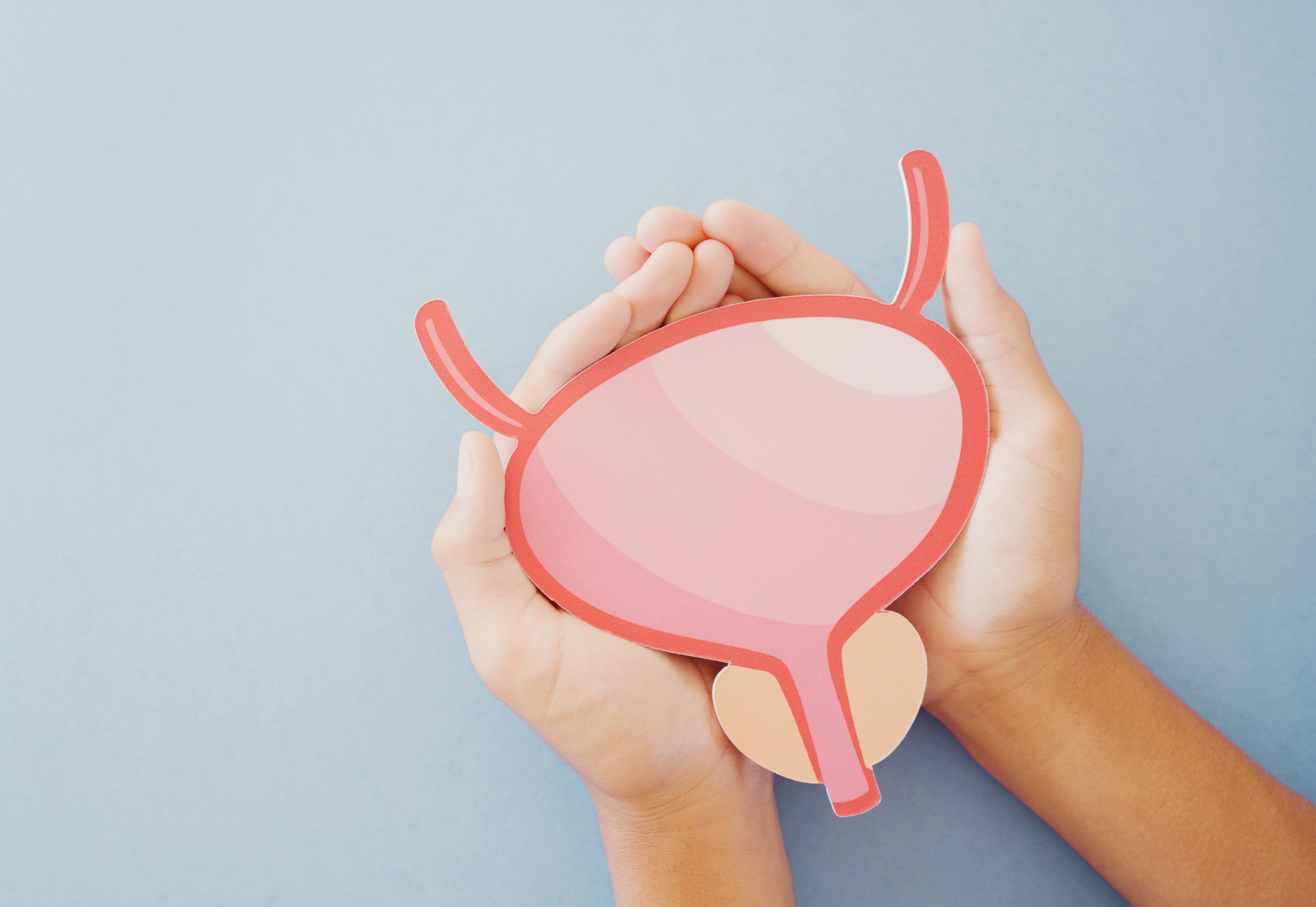Bladder health month
Review bladder disorders and management methods you can discuss with your patients.
Bladder health month | Image Credit: © SewcreamStudio - © SewcreamStudio - stock.adobe.com.

November is Bladder Health Month, a month dedicated to raising awareness and promoting education about maintaining a healthy bladder, something that is of particular significance to women. This month serves as an opportunity to dispel misconceptions, provide information, and empower women to prioritize their urinary well-being.
Bladder Health Month aims to shed light on common bladder disorders and offer guidance on preventive measures and management strategies that you can discuss with your patients:
- Urinary tract infections (UTIs): Because women have a shorter urethra, allowing bacteria to travel to the bladder more easily, they are more susceptible to UTIs than men. This particular health month emphasizes the importance of proper hygiene, hydration, and prompt treatment to prevent recurring UTIs.
- Stress urinary incontinence: This condition, often linked to pregnancy and childbirth, causes involuntary urine leakage during activities that stress the bladder, such as laughing, sneezing, or exercising. This is a great time to educate women about pelvic floor exercises and medical interventions that can help manage this issue.
- Overactive bladder (OAB): Women are more prone to OAB, characterized by frequent, urgent urination and sometimes even urinary incontinence. Women can explore treatment options with you, like behavioral therapies, medications, and lifestyle adjustments such as weight control, management of fluid intake, and smoking cessation1.
- Pelvic organ prolapse: This is a condition that commonly affects women after childbirth or during menopause. Health care providers can suggest strengthening exercises, devices, and surgical procedures that can alleviate symptoms and enhance quality of life.
You can perhaps use this month as a way to bring up conversations about bladder health, as these topics are often surrounded by stigma and silence, preventing women from discussing their concerns openly. And there is no better supportive environment than your office, where women can share their experiences, seek advice, and access appropriate care.
Reference
Wyman JF, Burgio KL, Newman DK. Practice aspects of lifestyle modifications and behavioural interventions in the treatment of overactive bladder and urgency urinary incontinence. Int J Clin Pract. 2009;63(8):1177-1191. doi:10.1111/j.1742-1241.2009.02078.x
(This note was written with the help of ChatGPT.)

